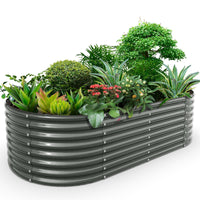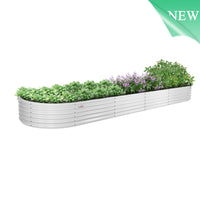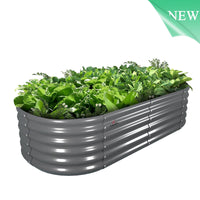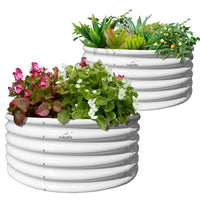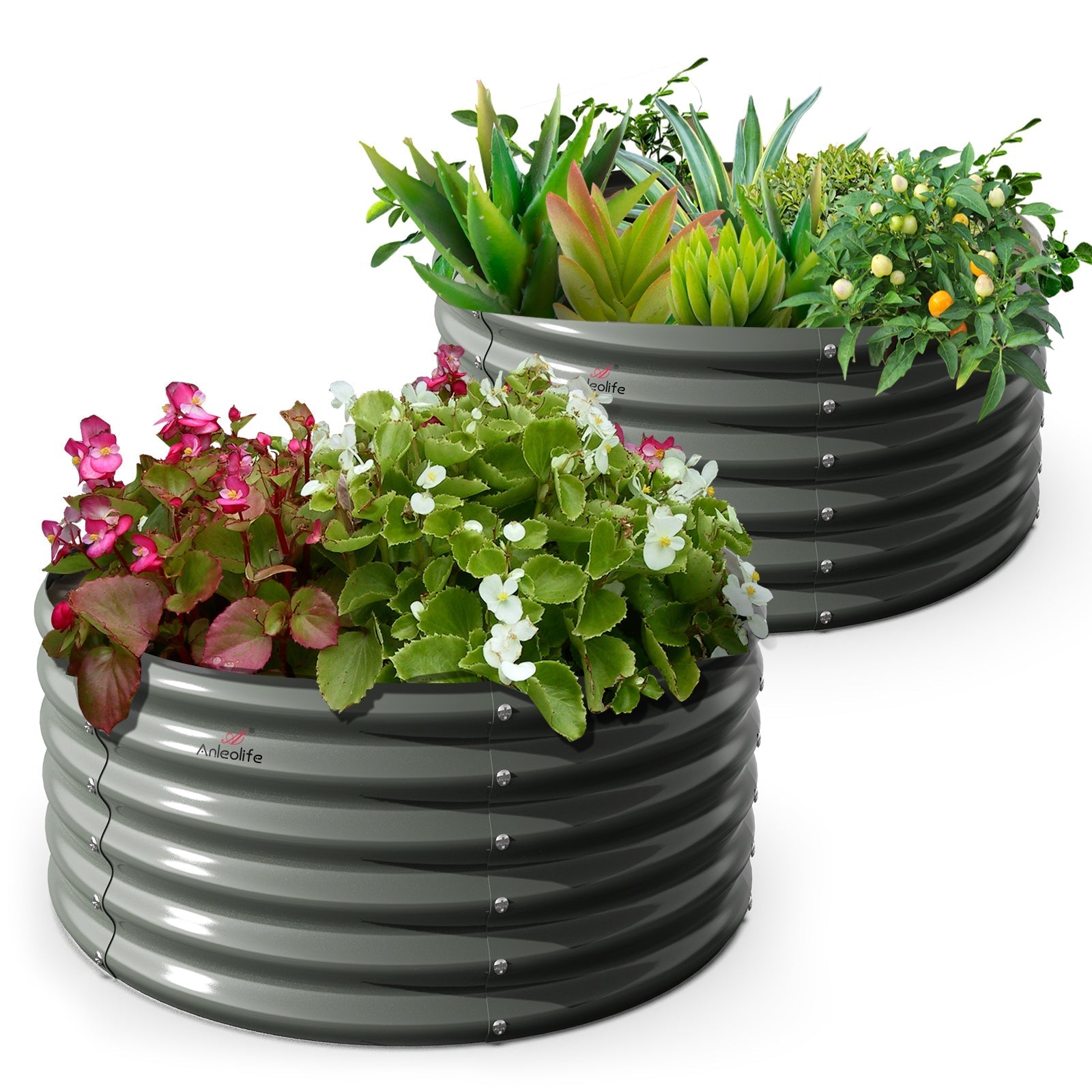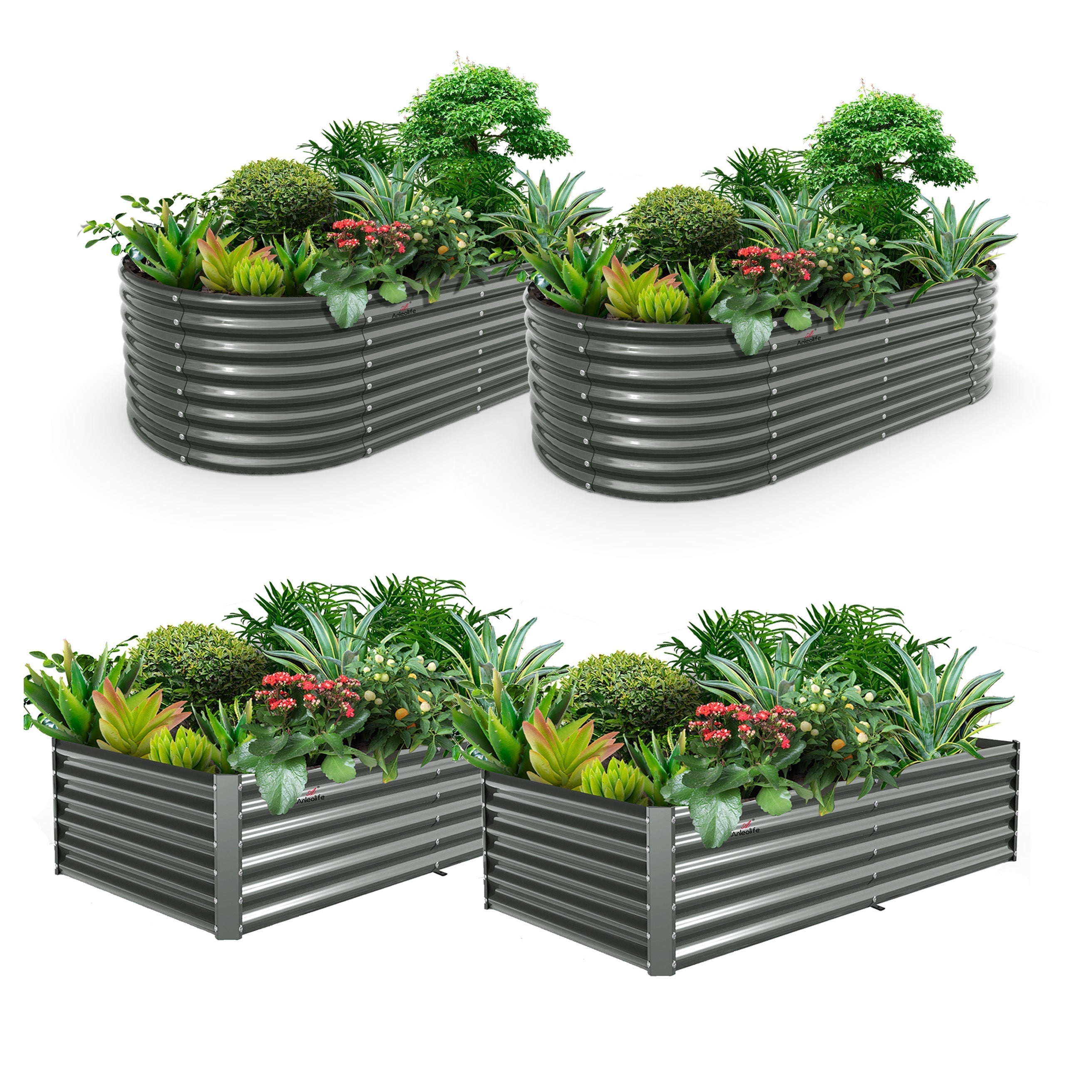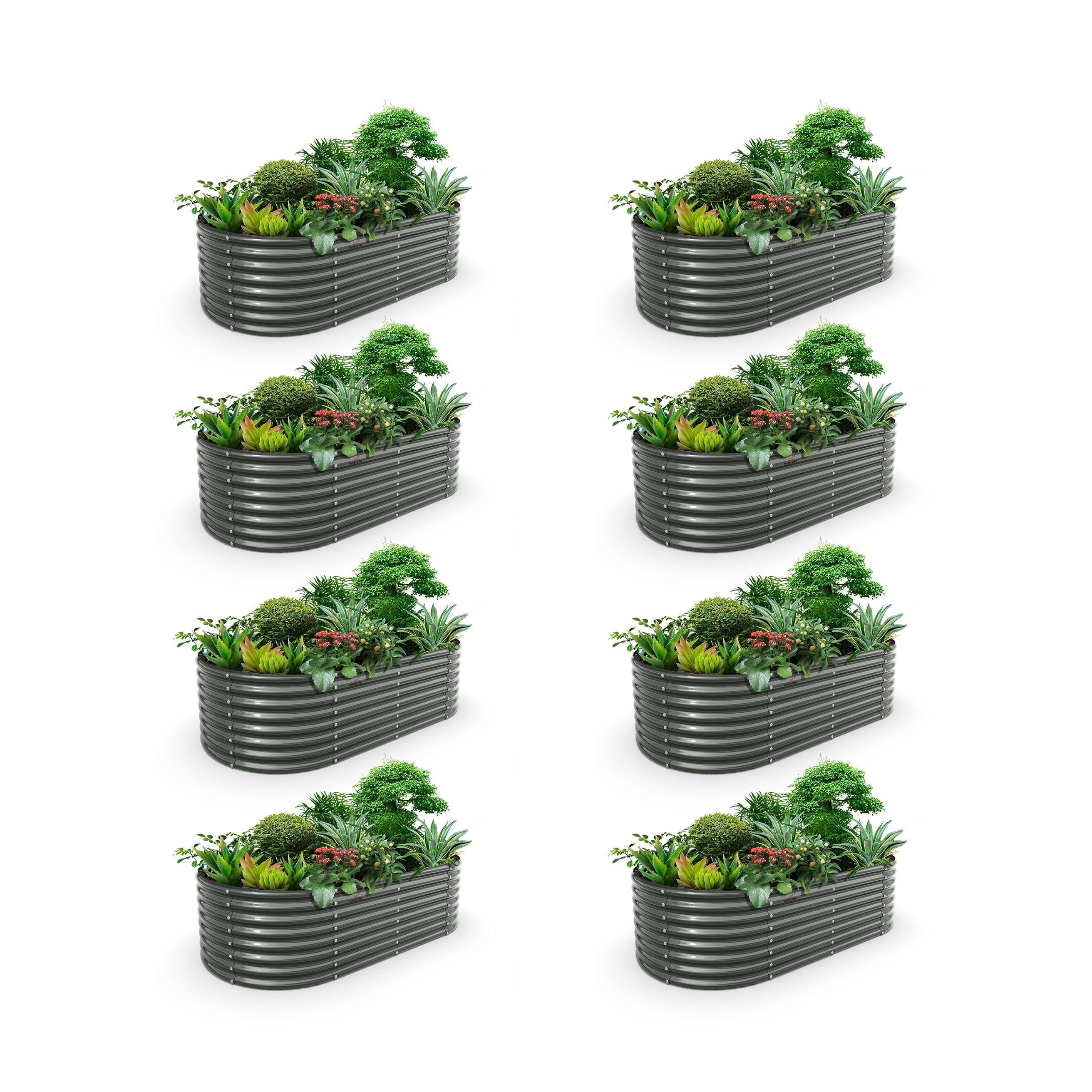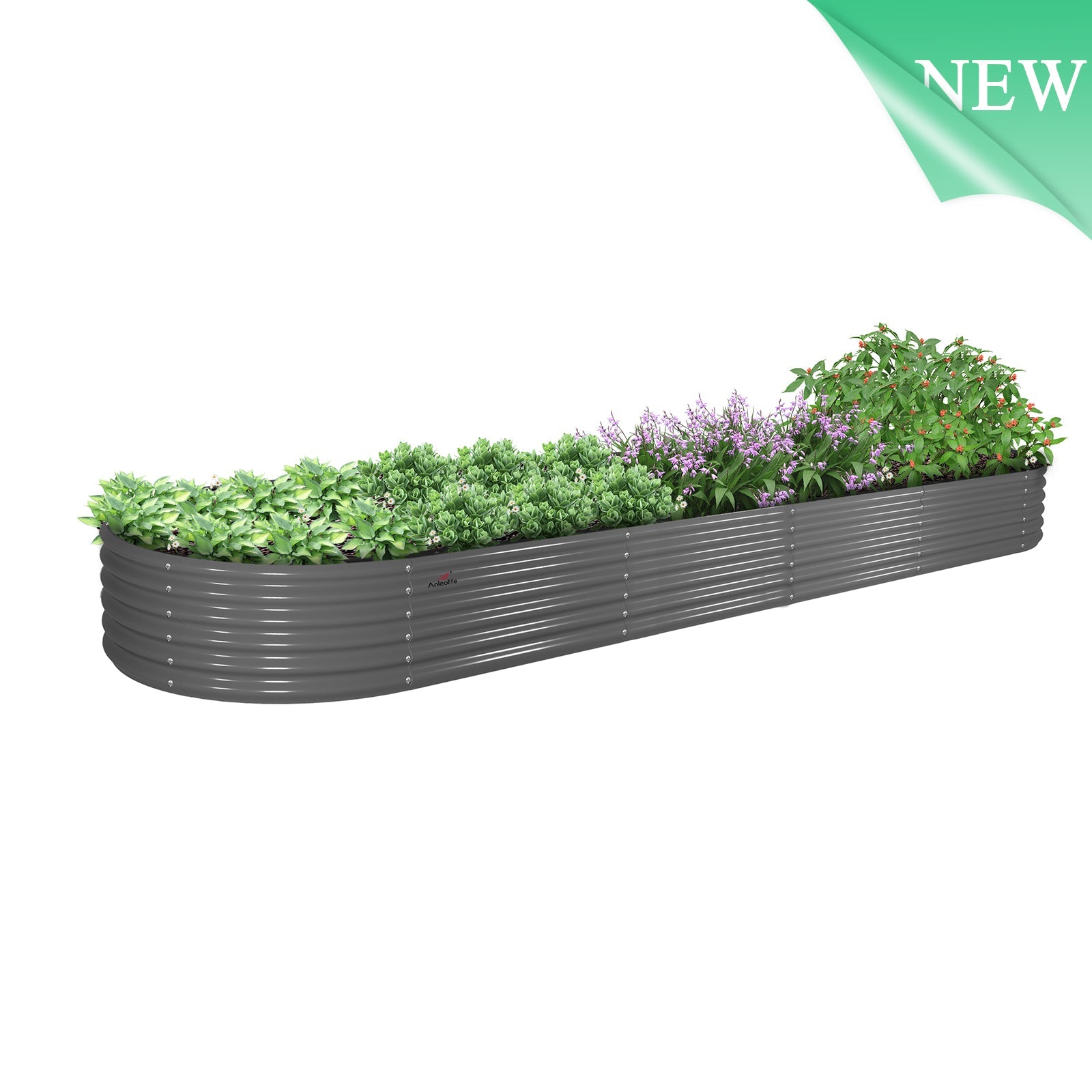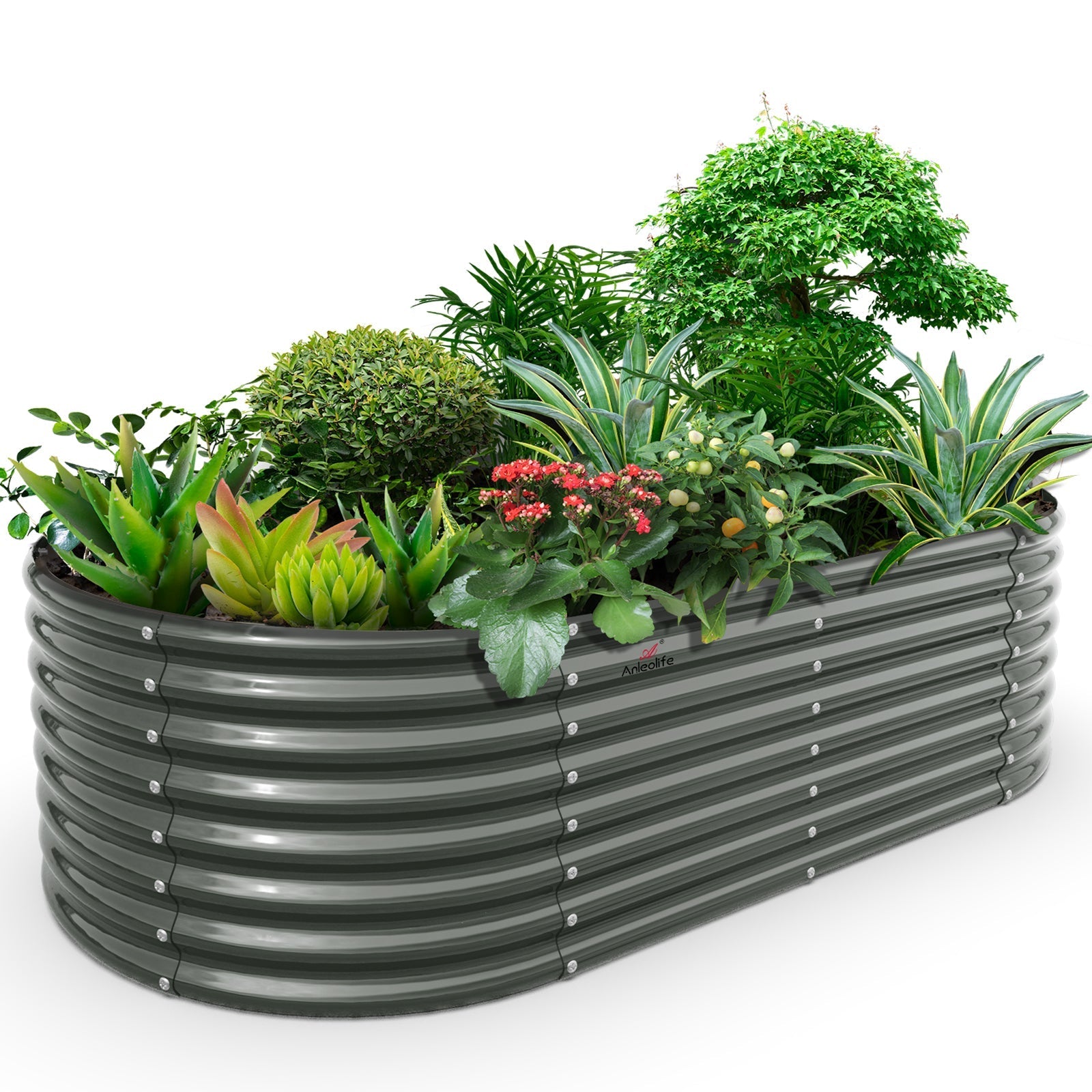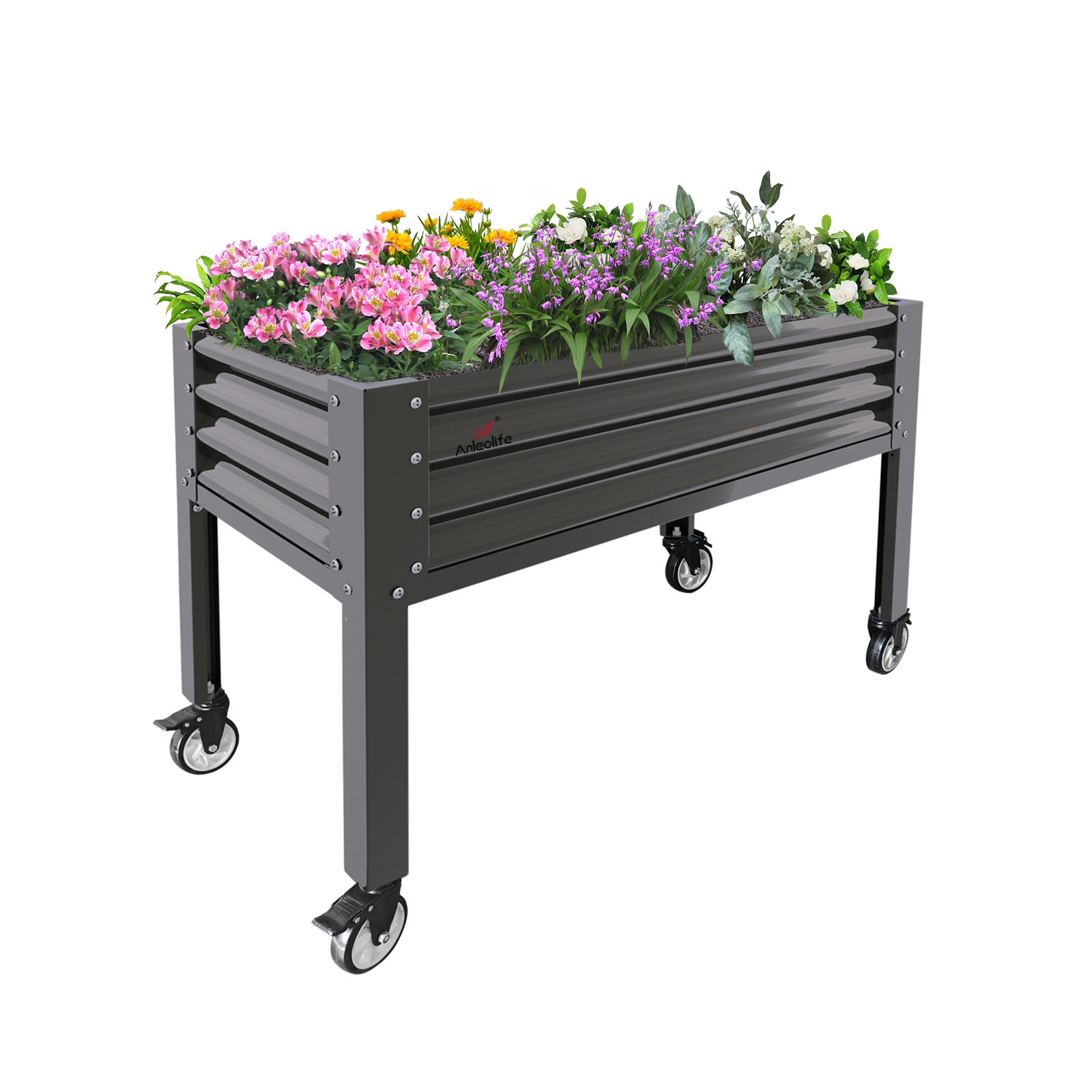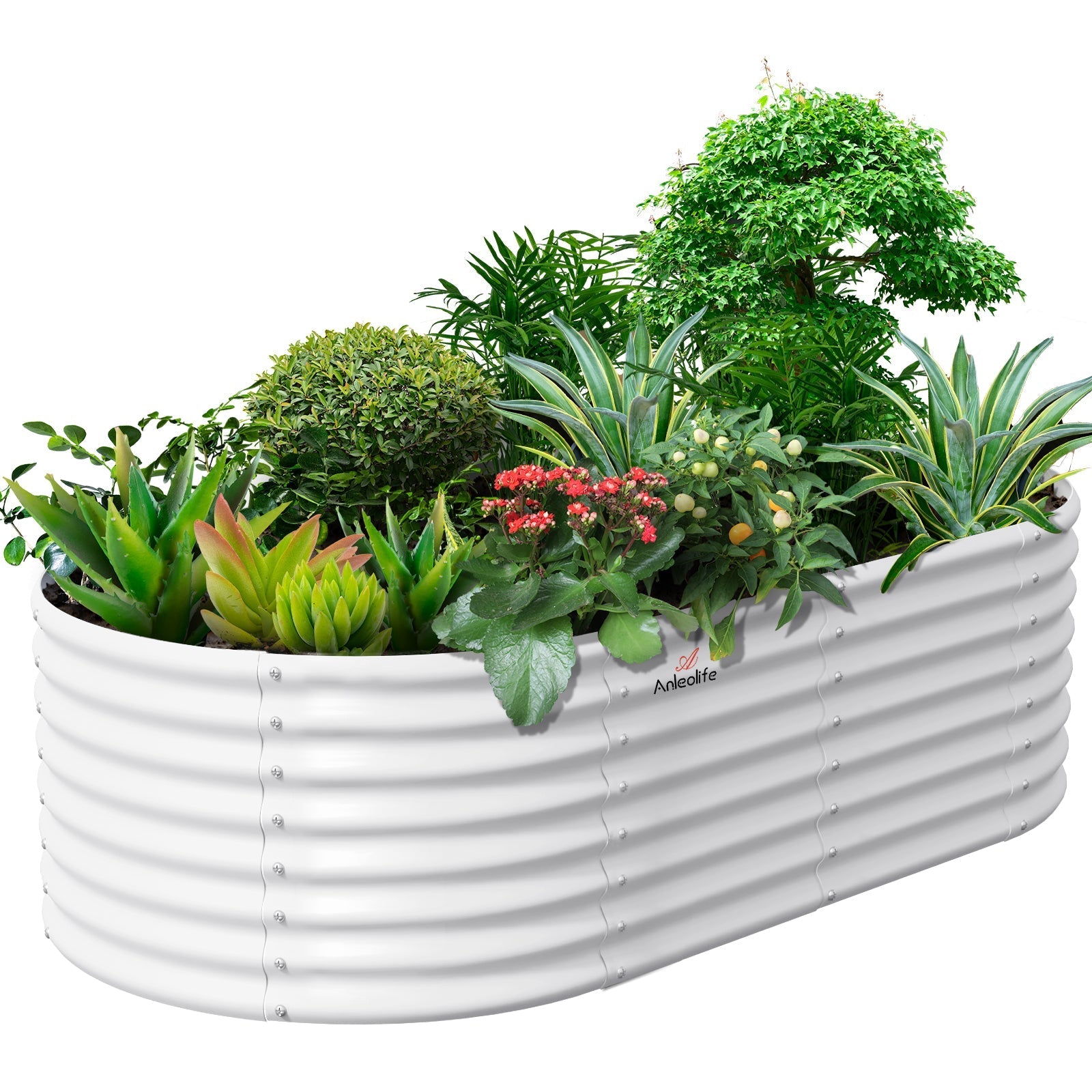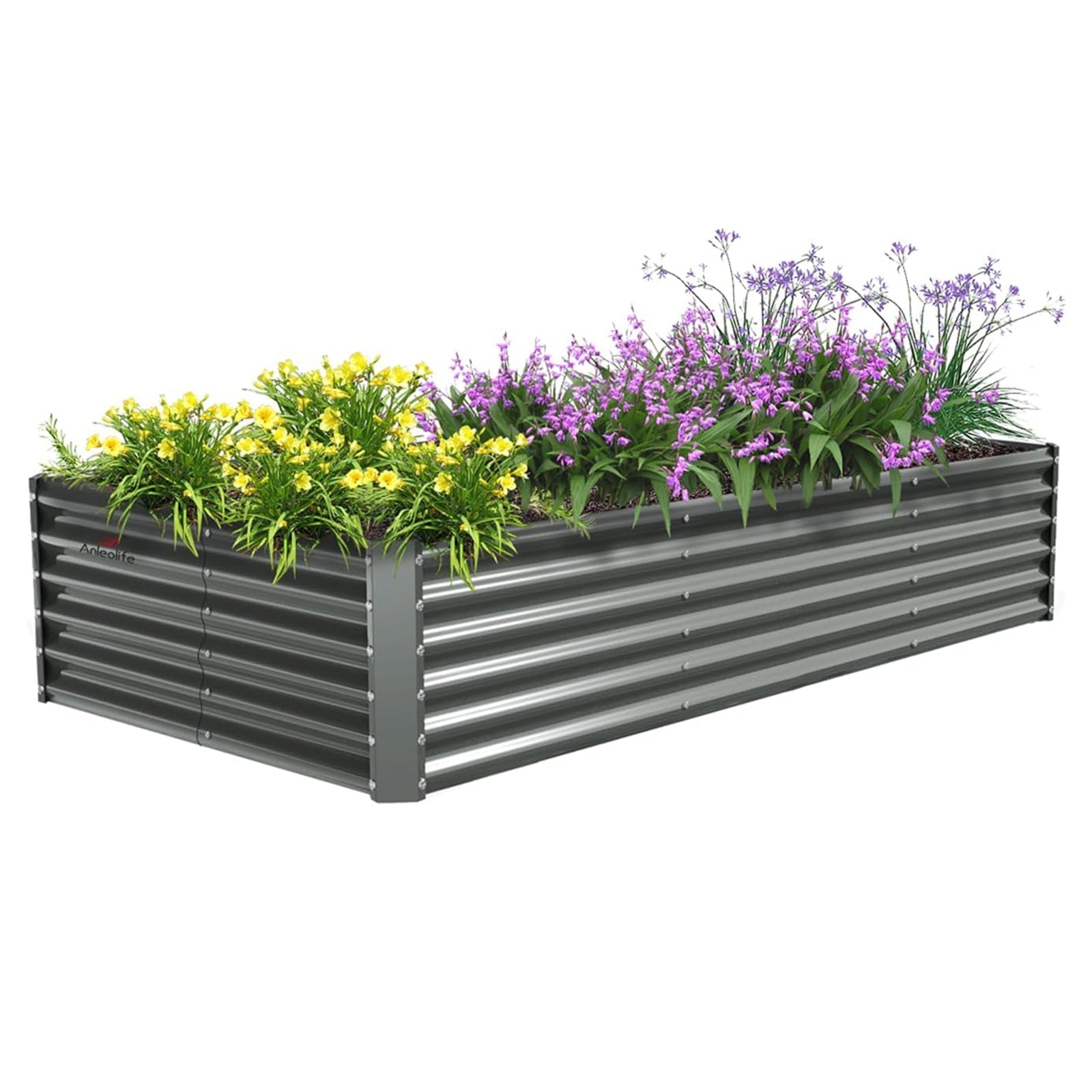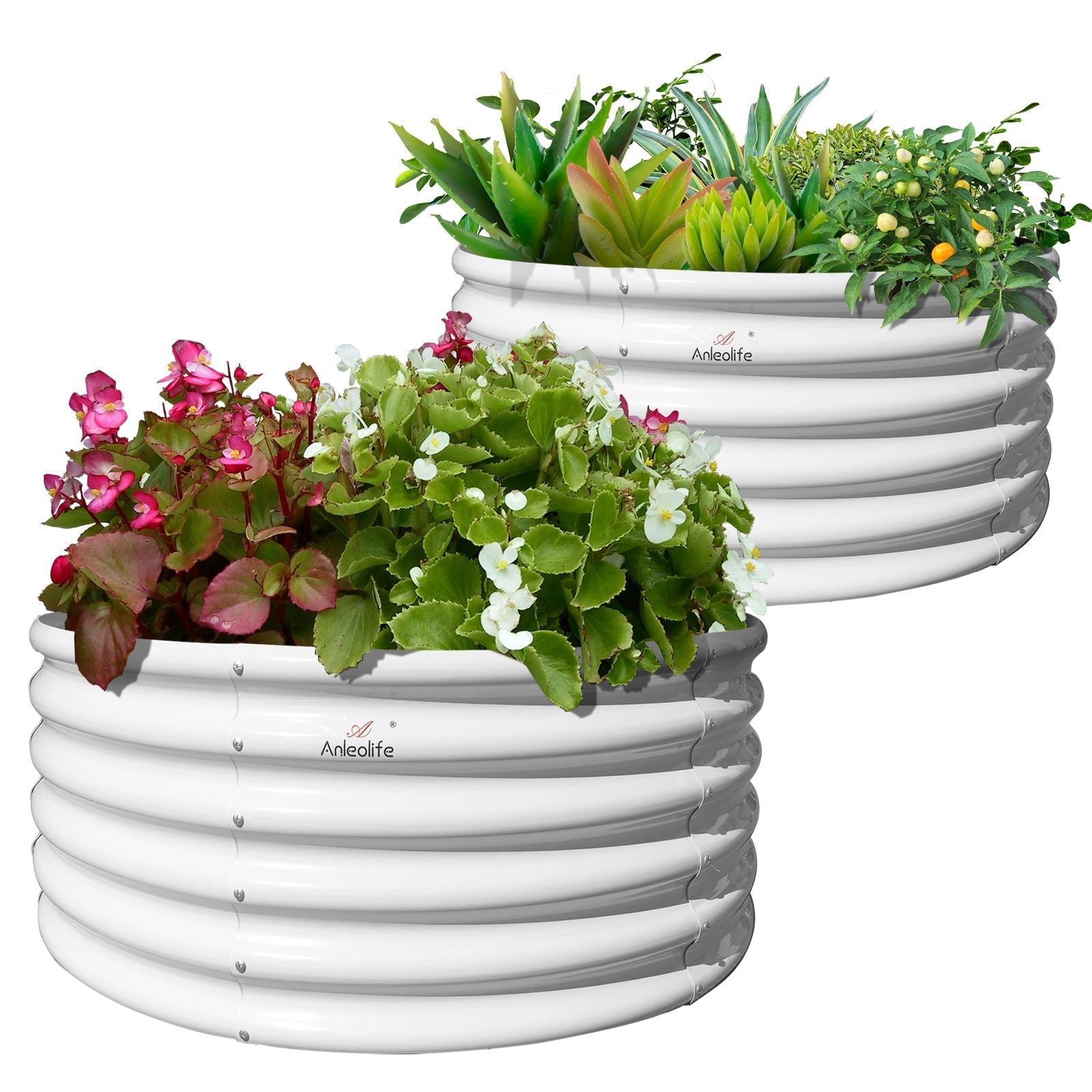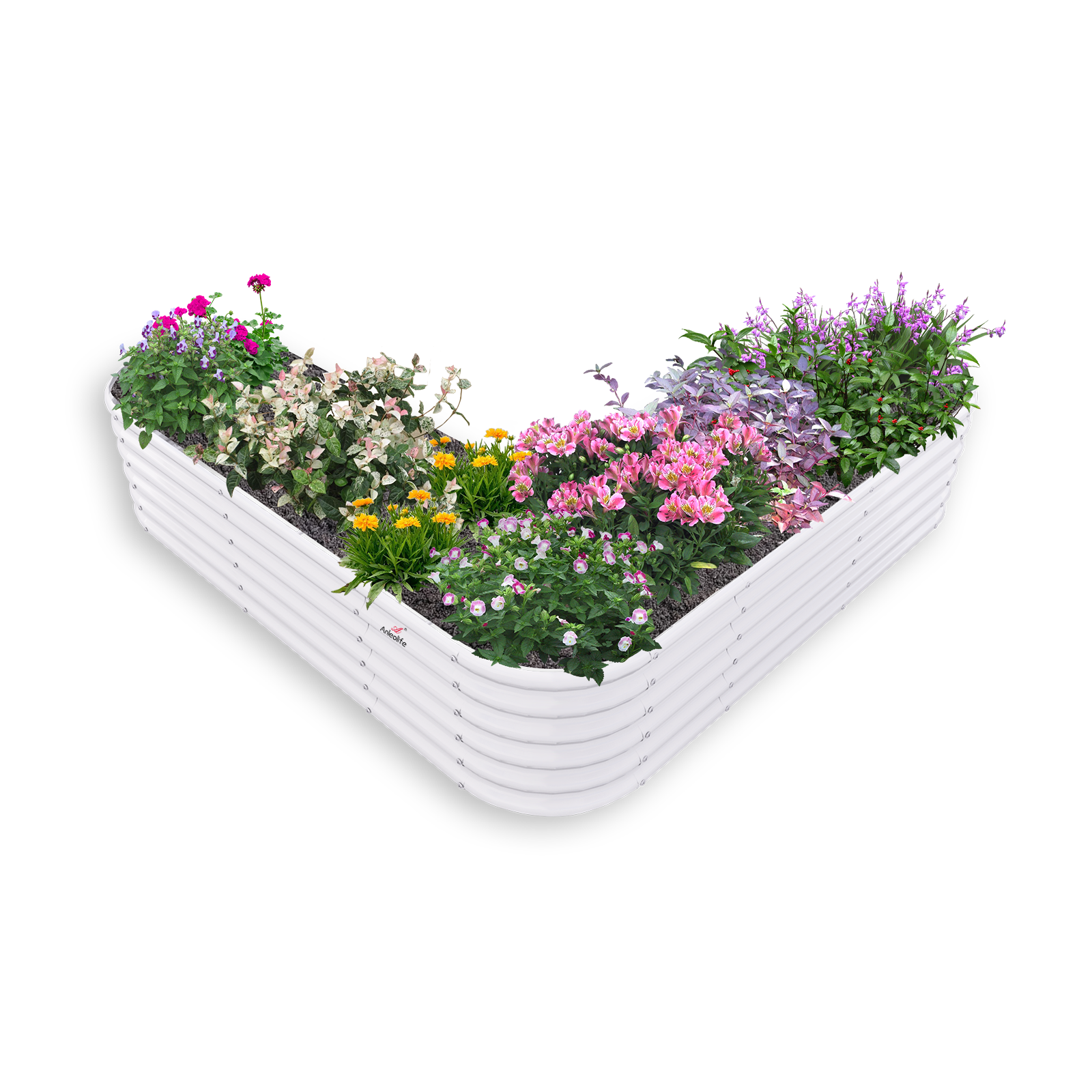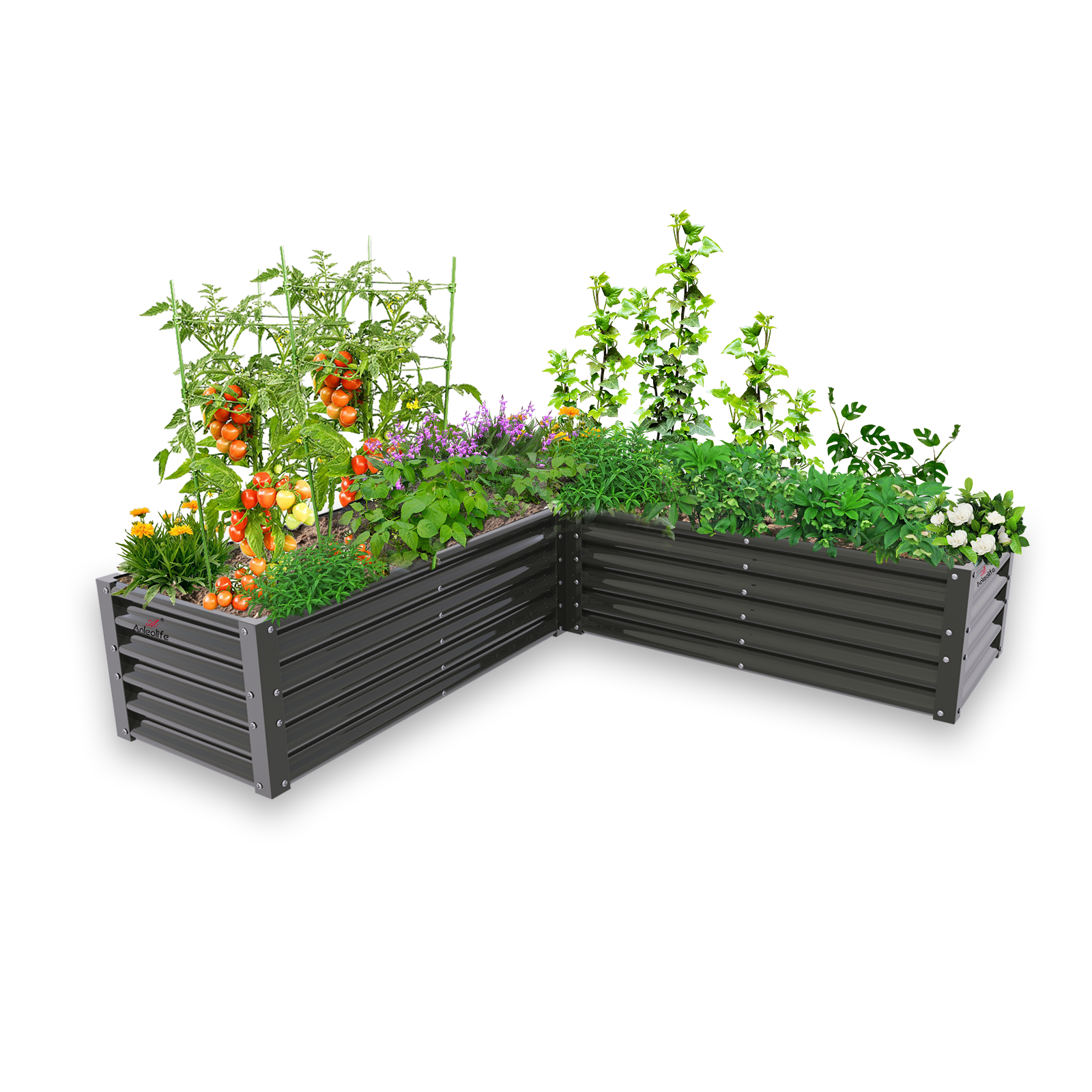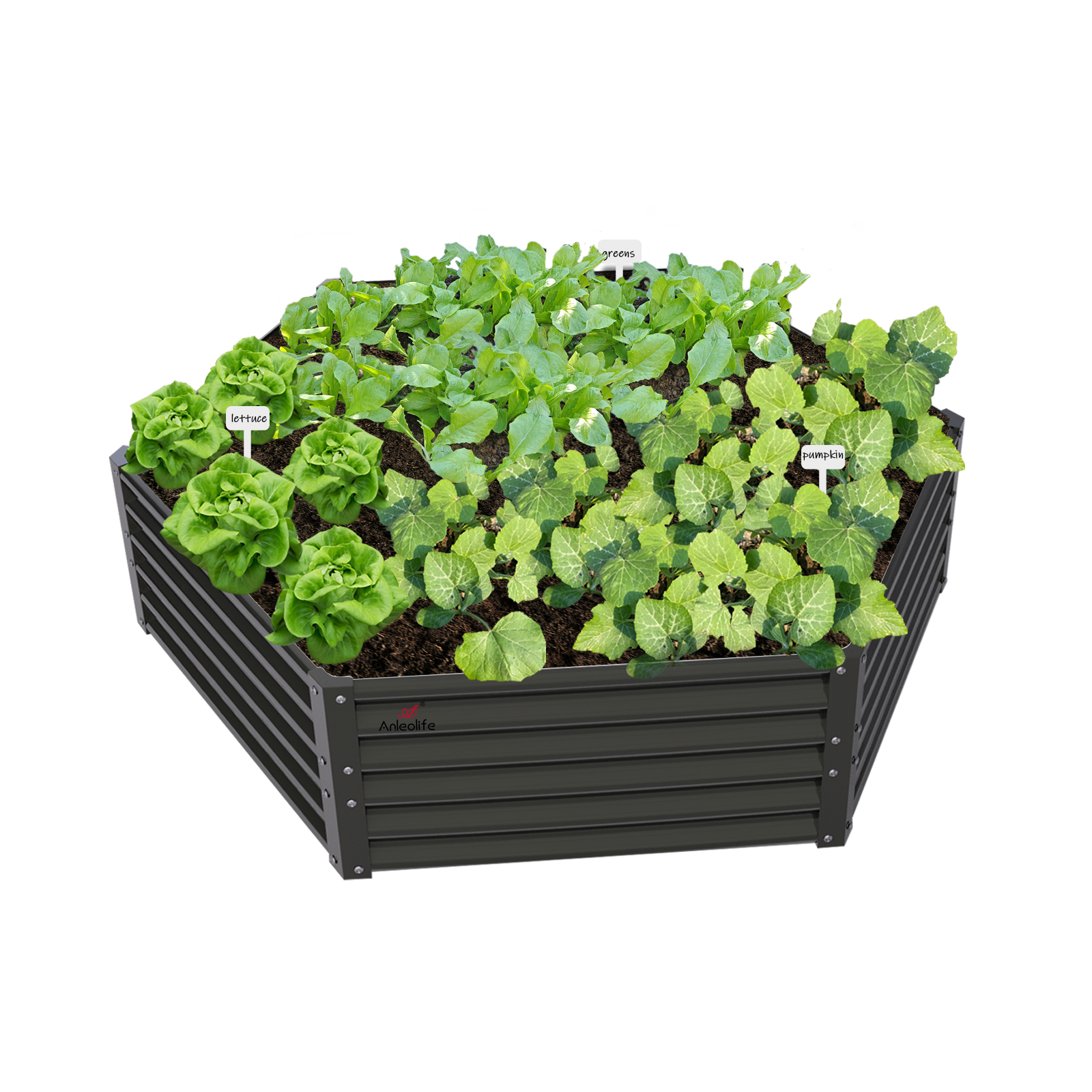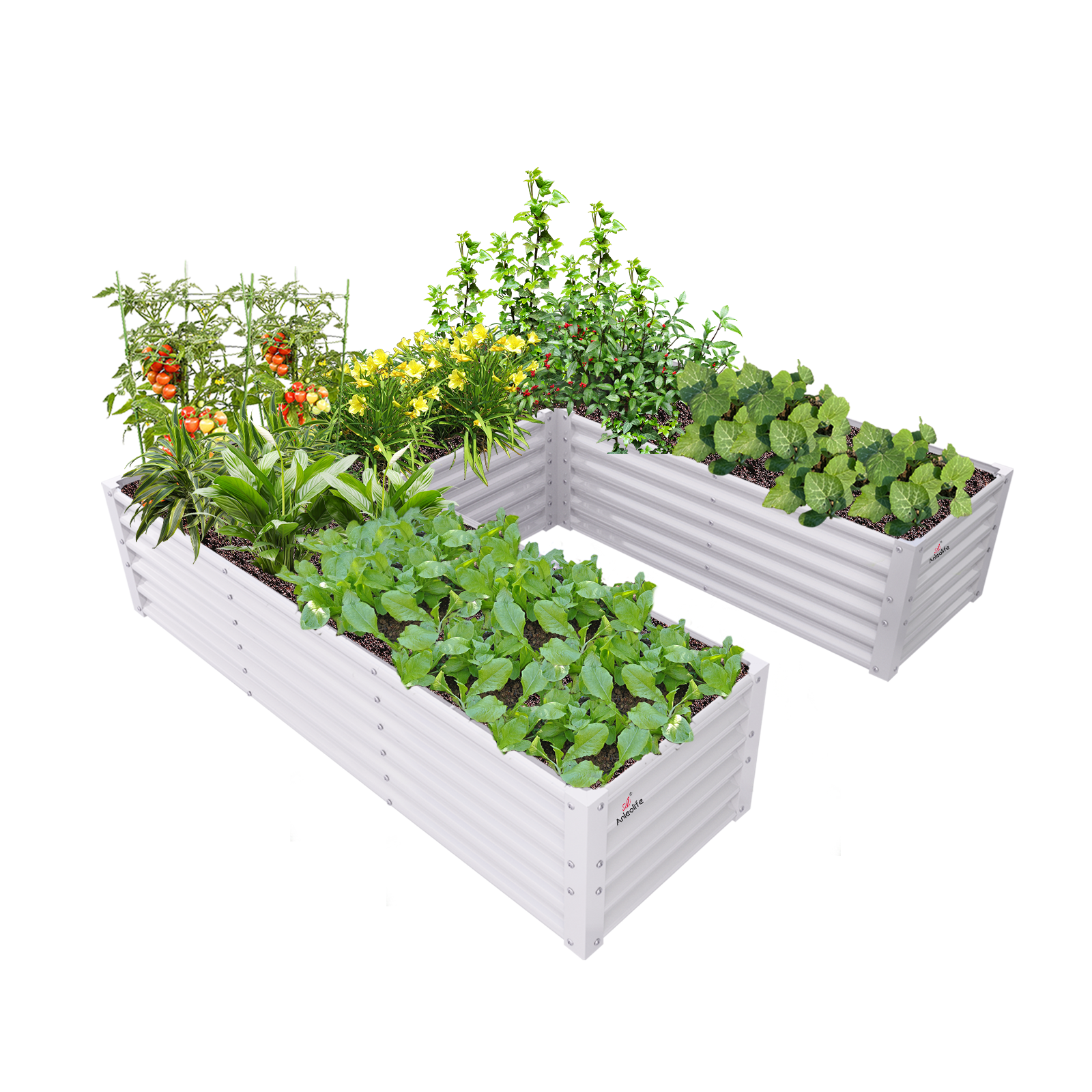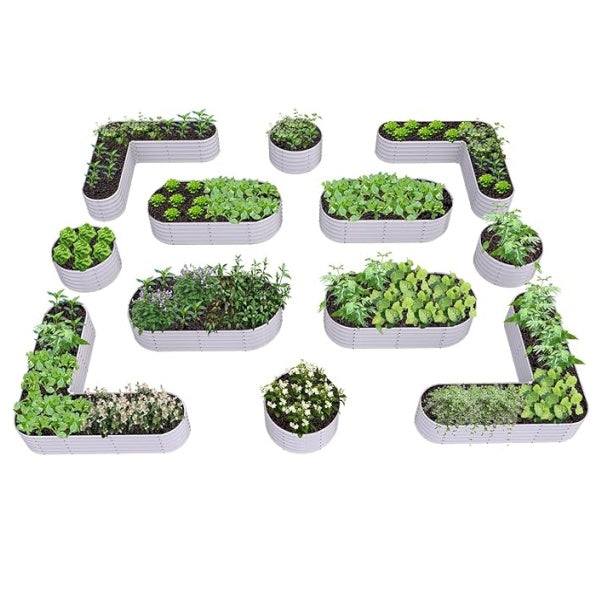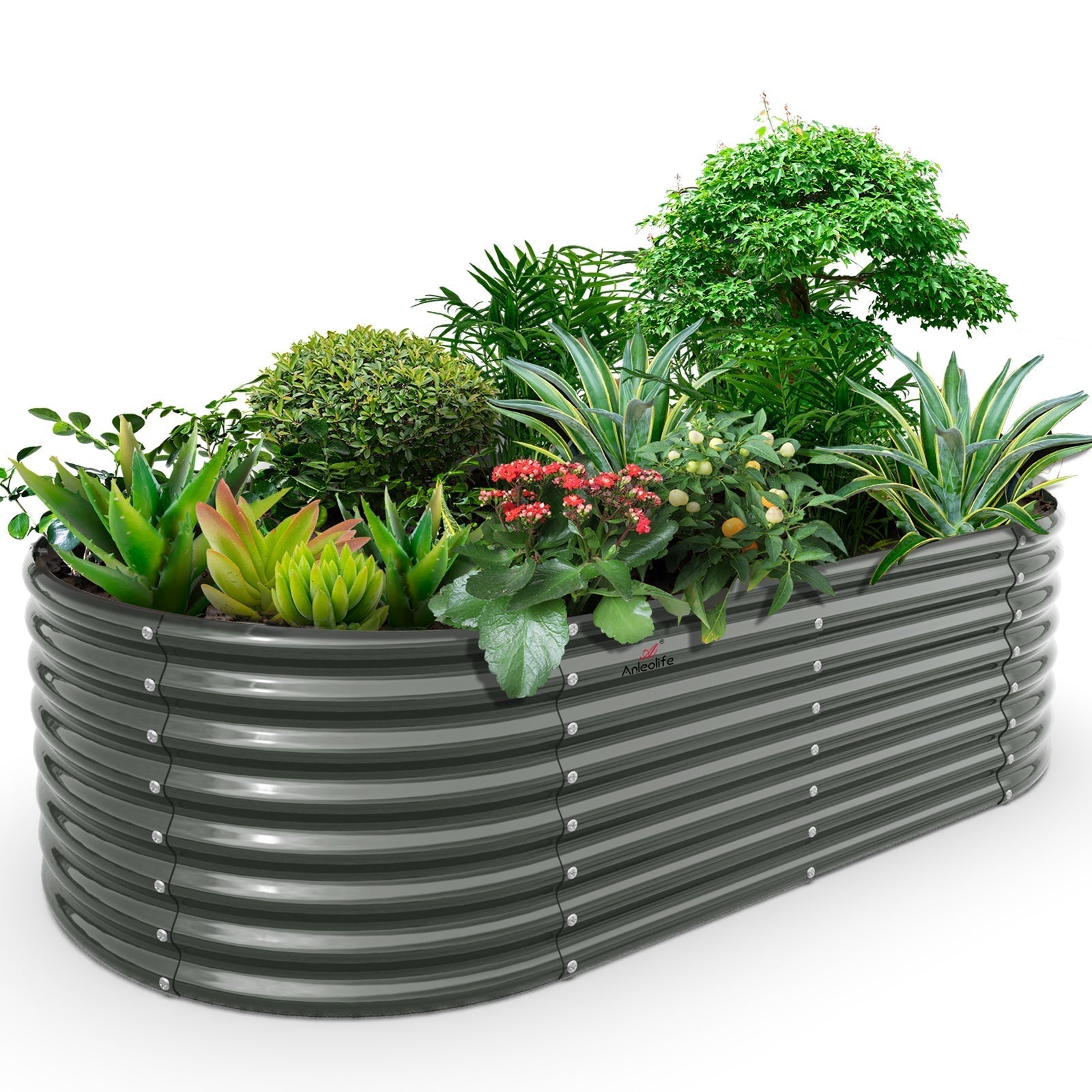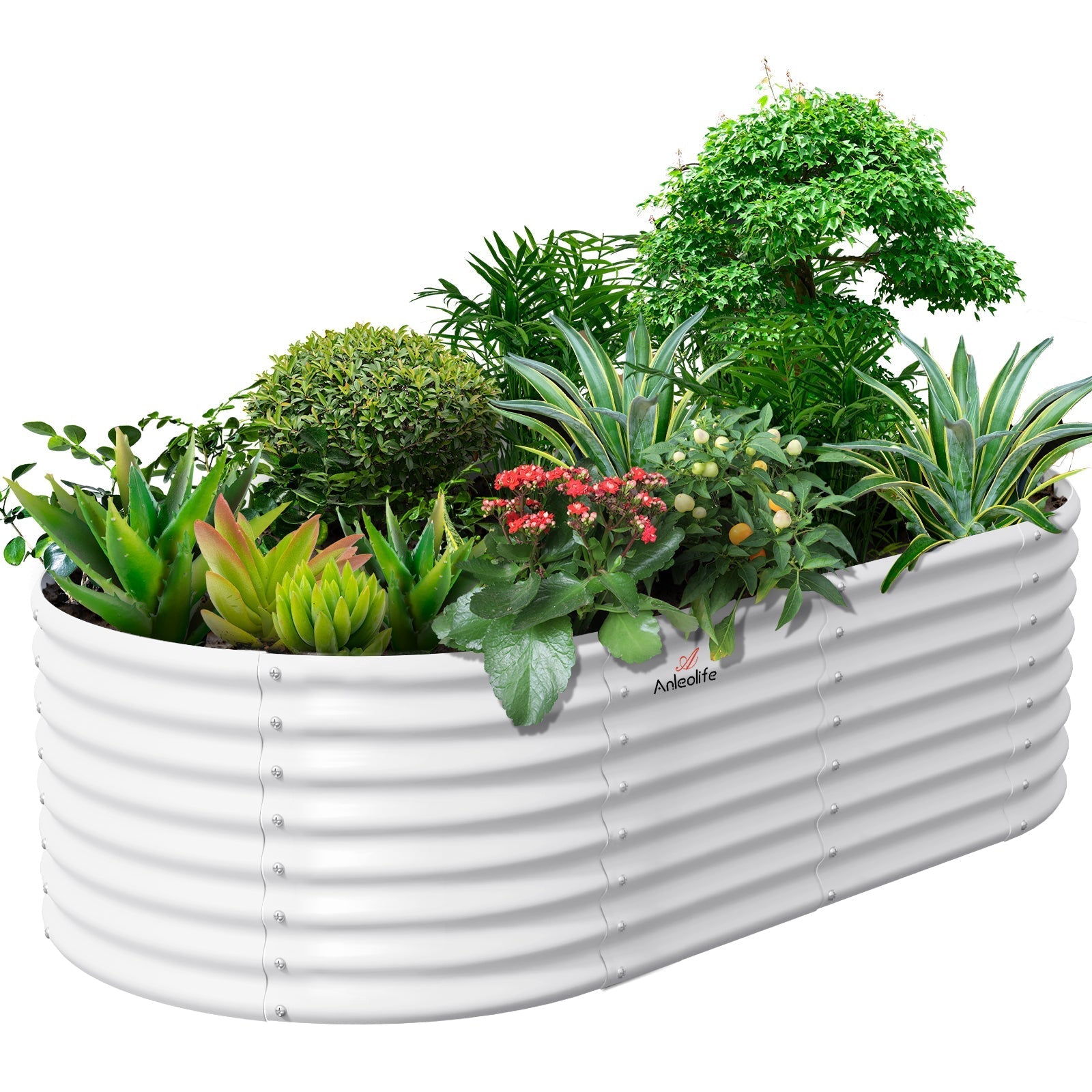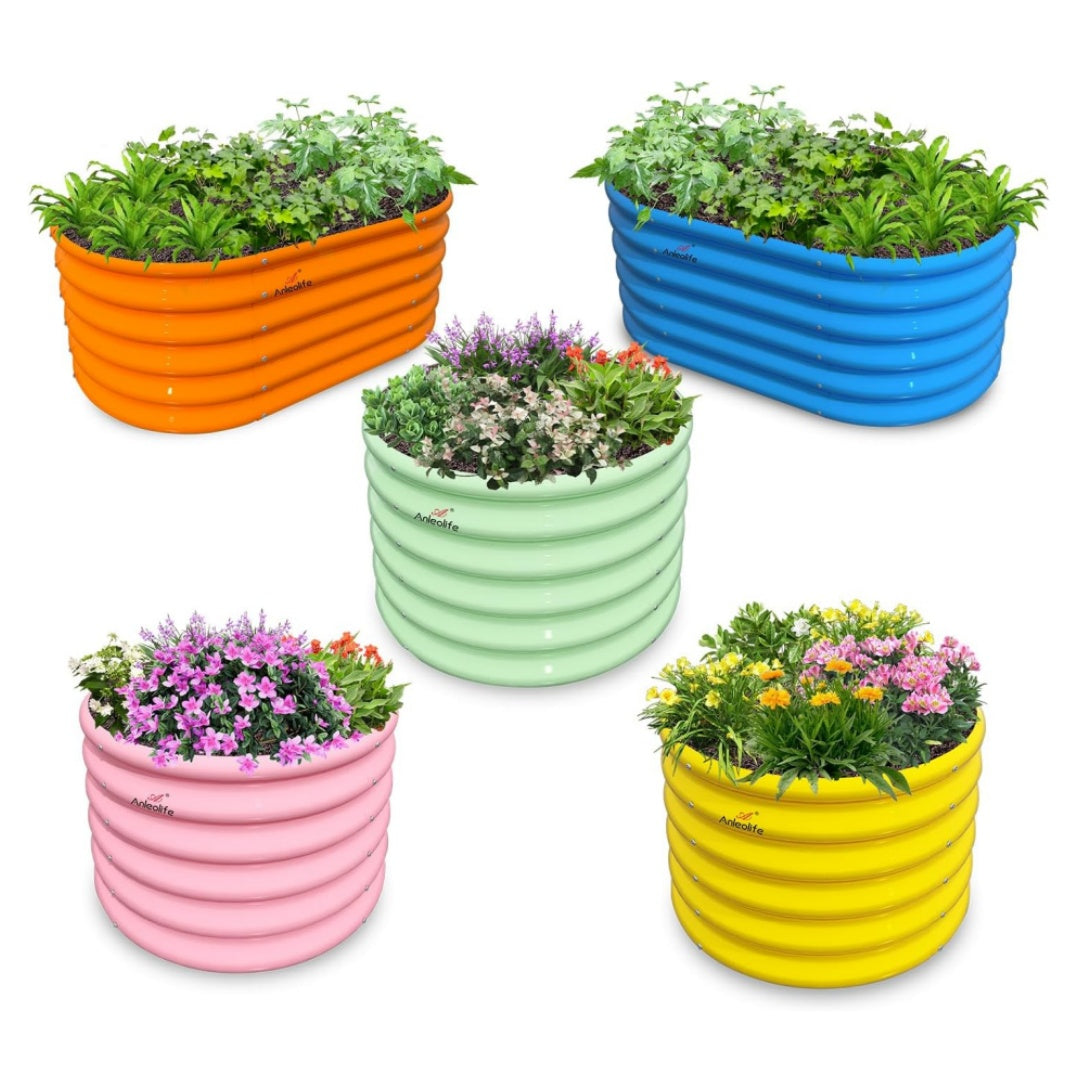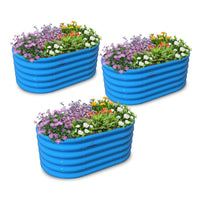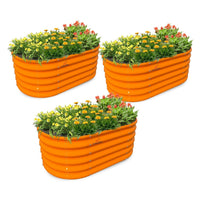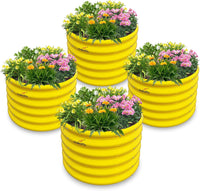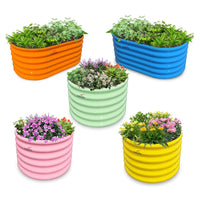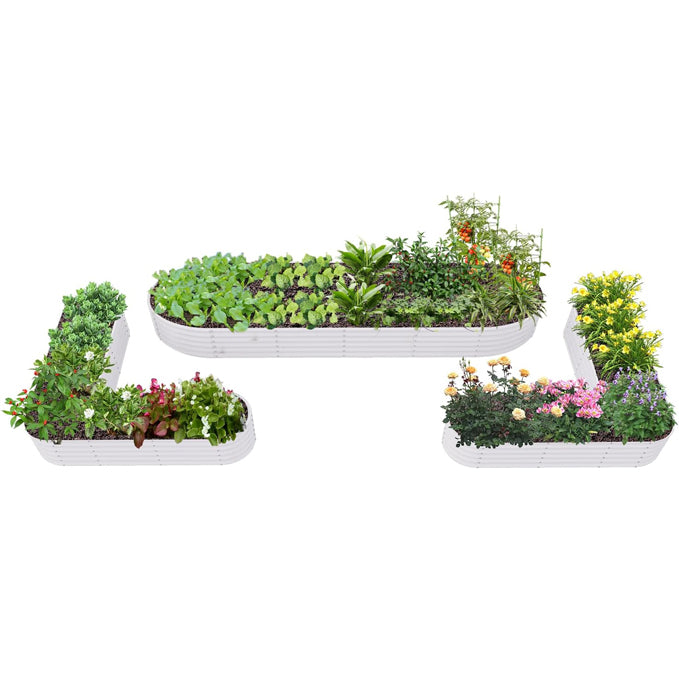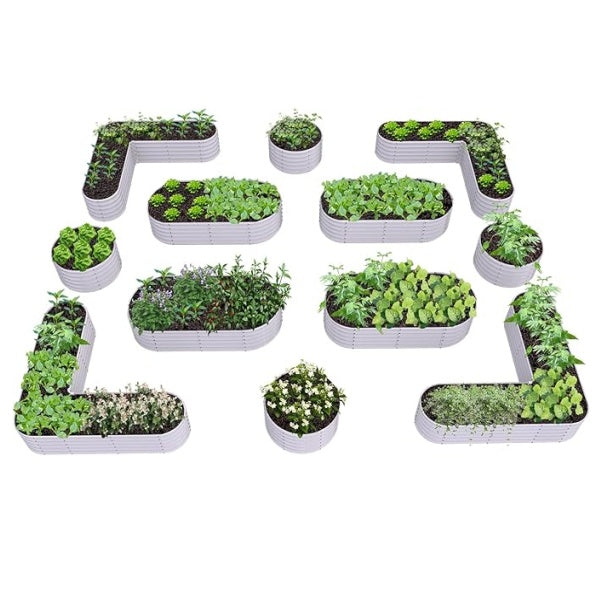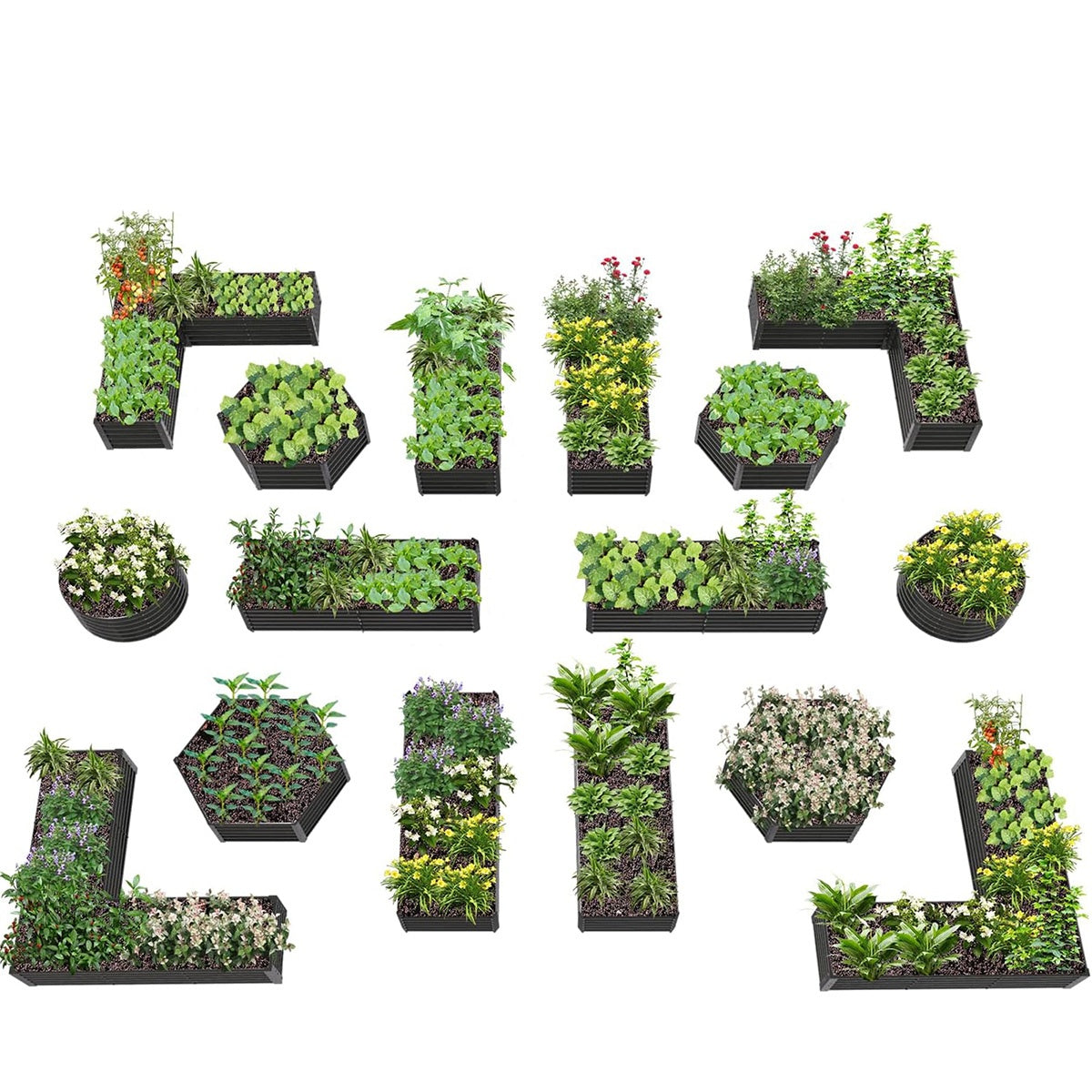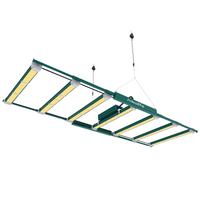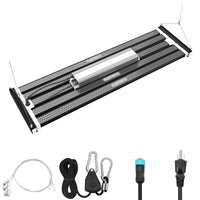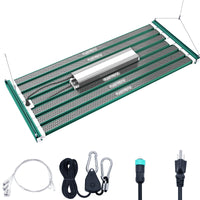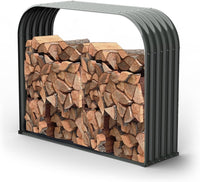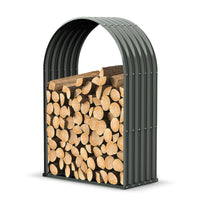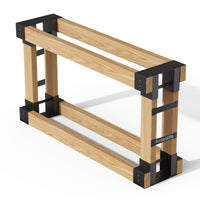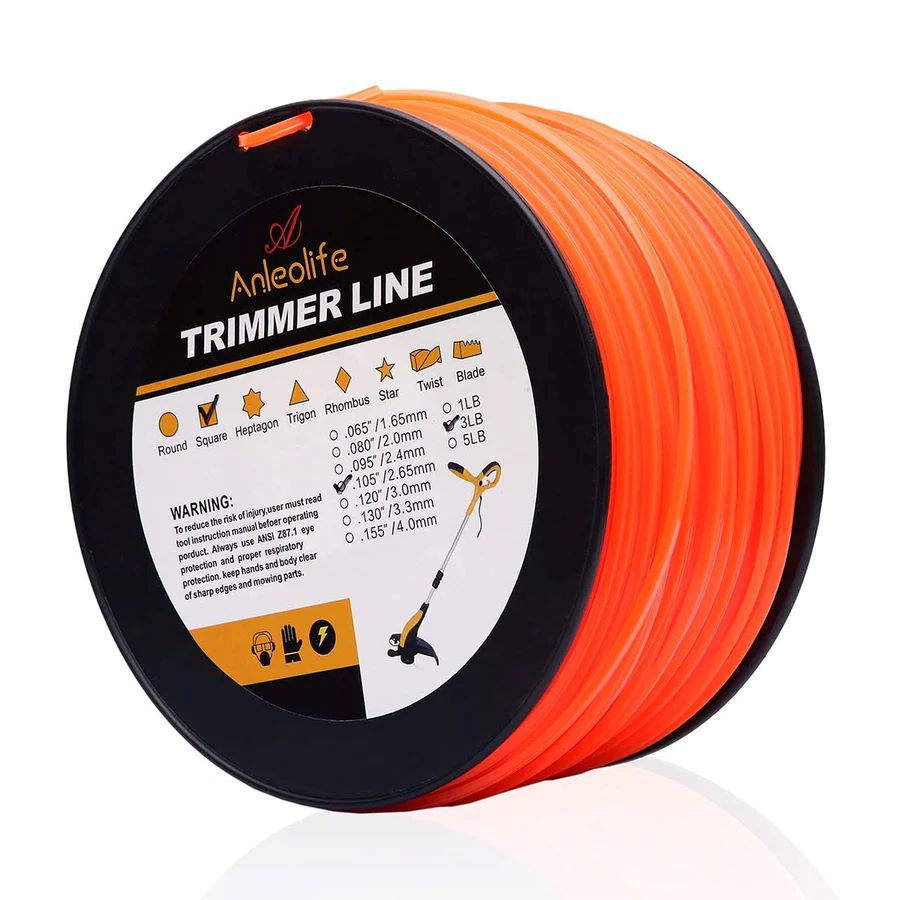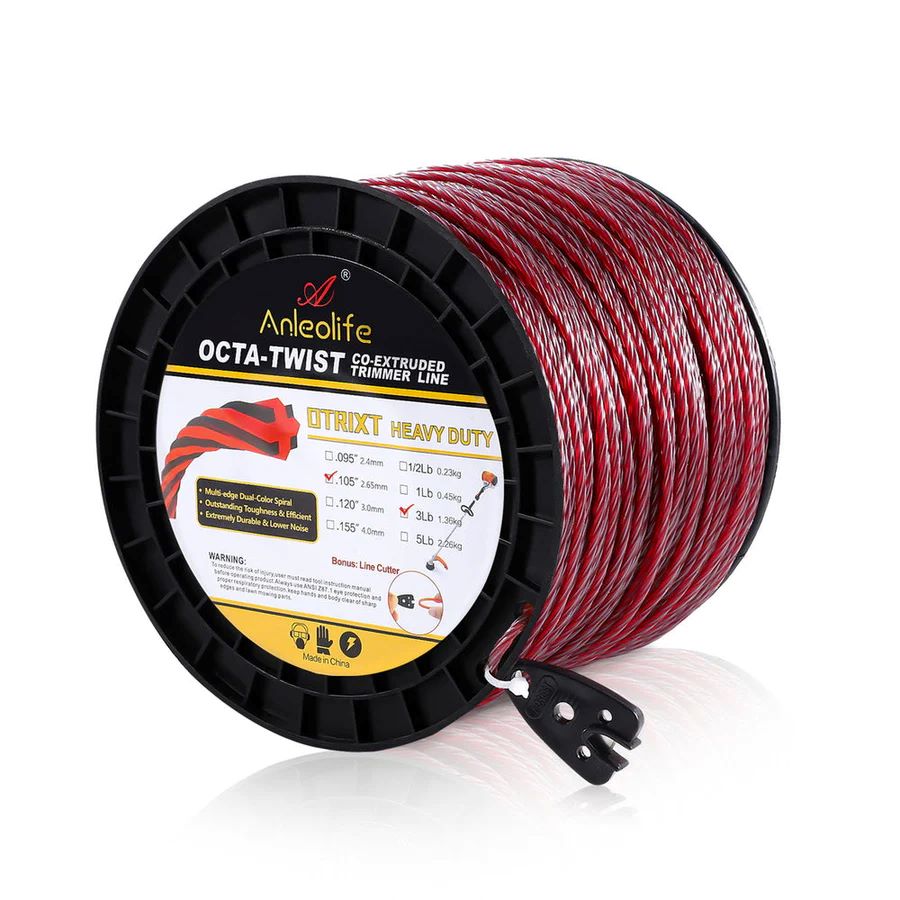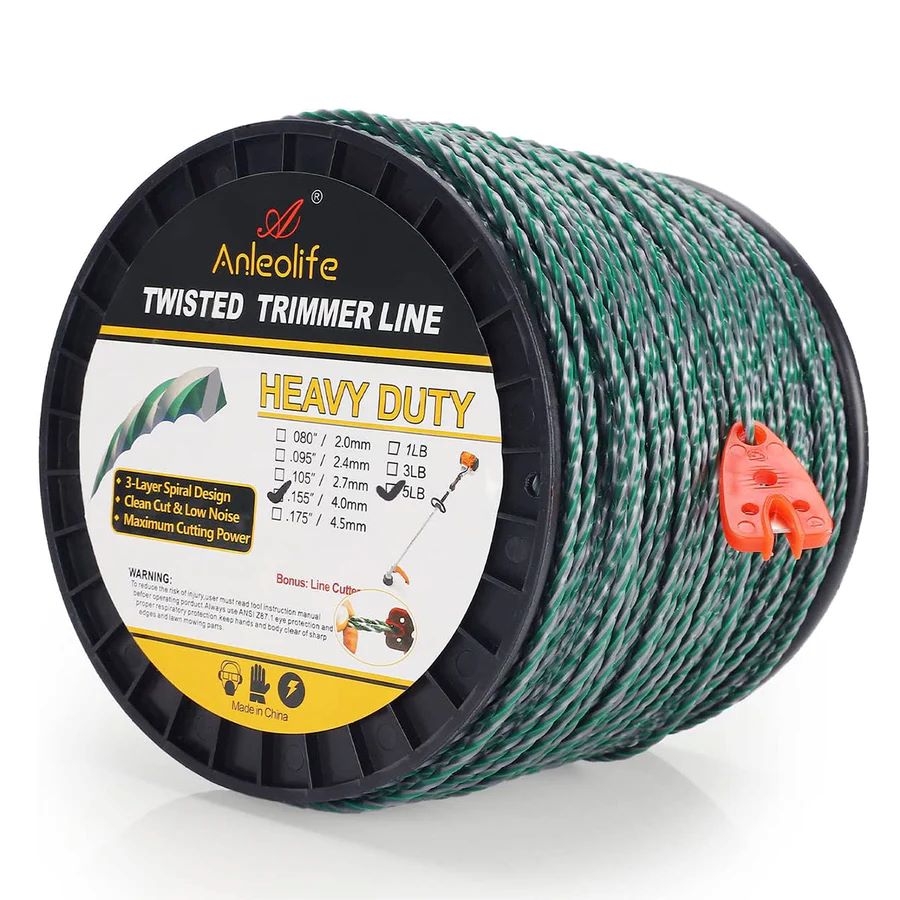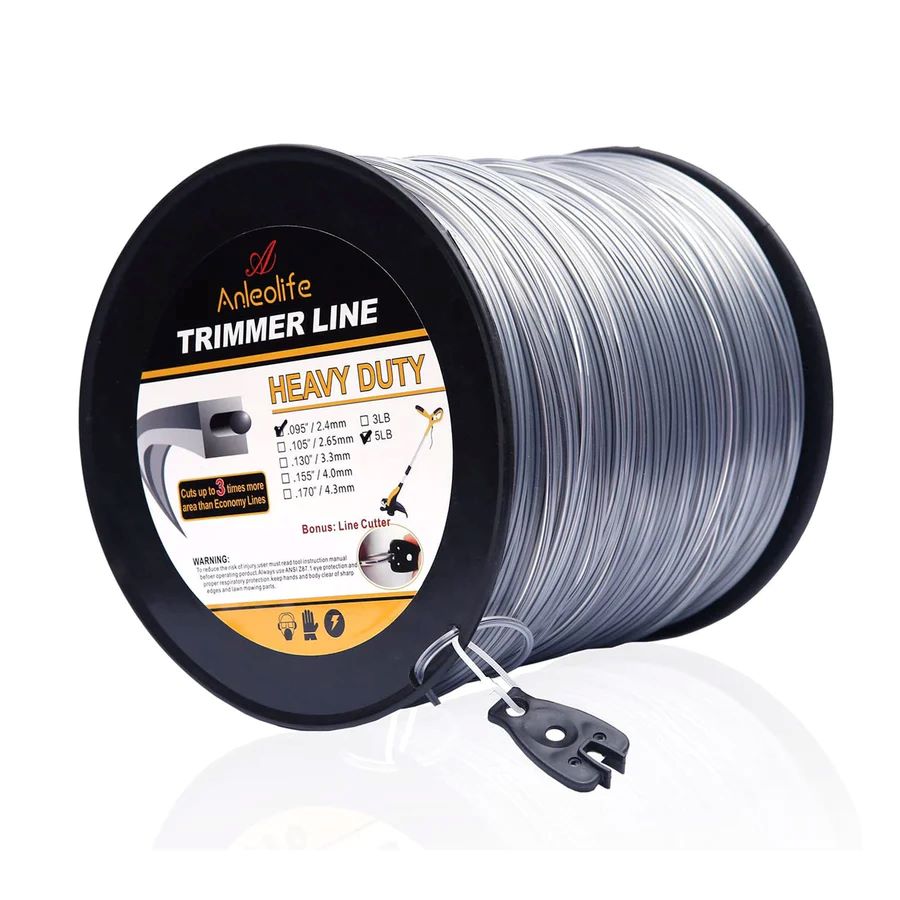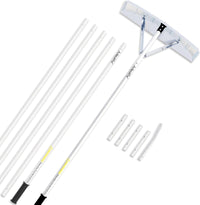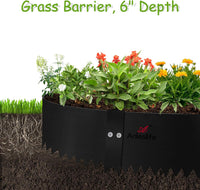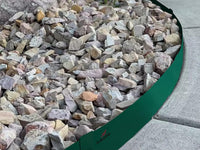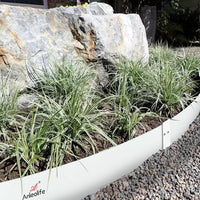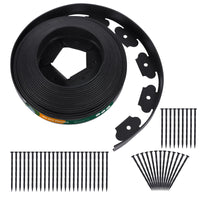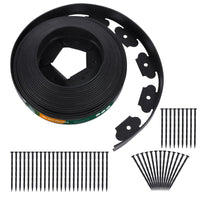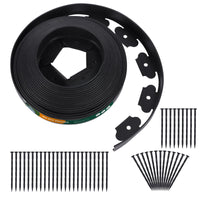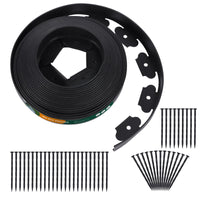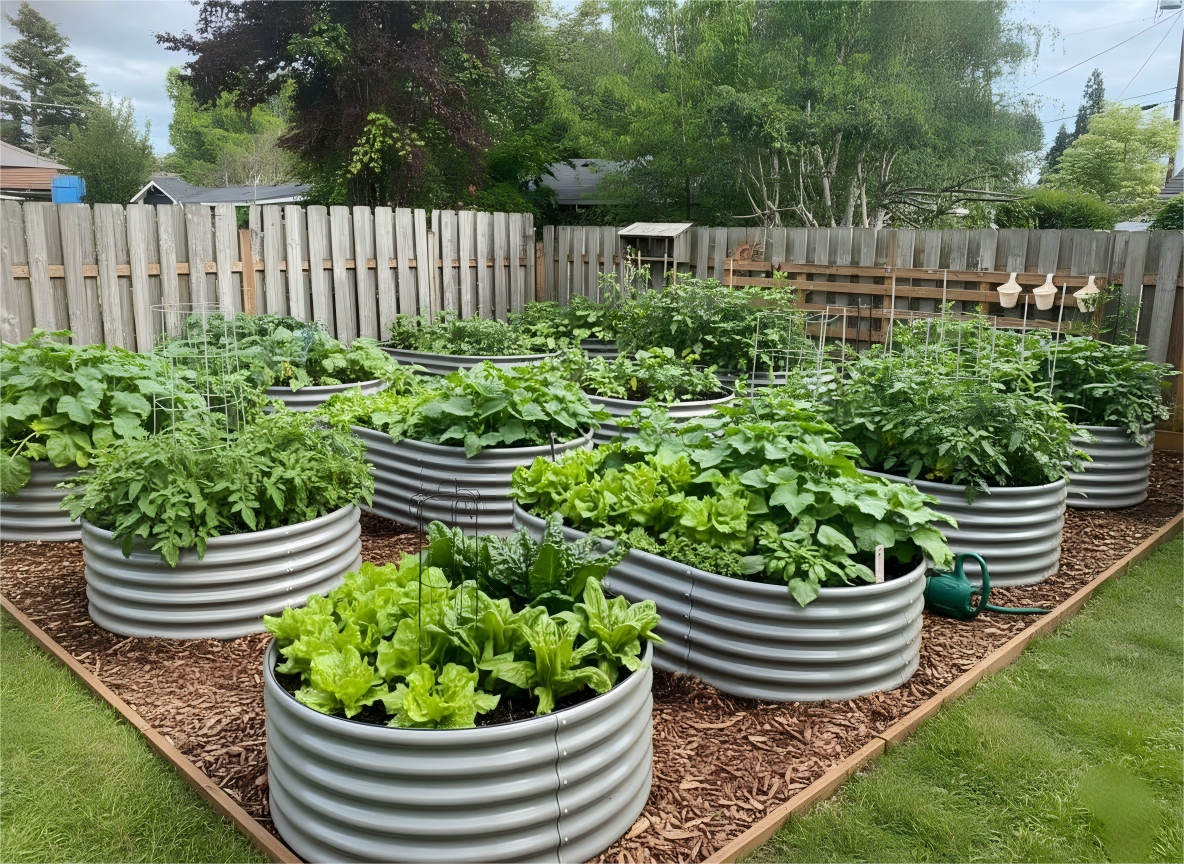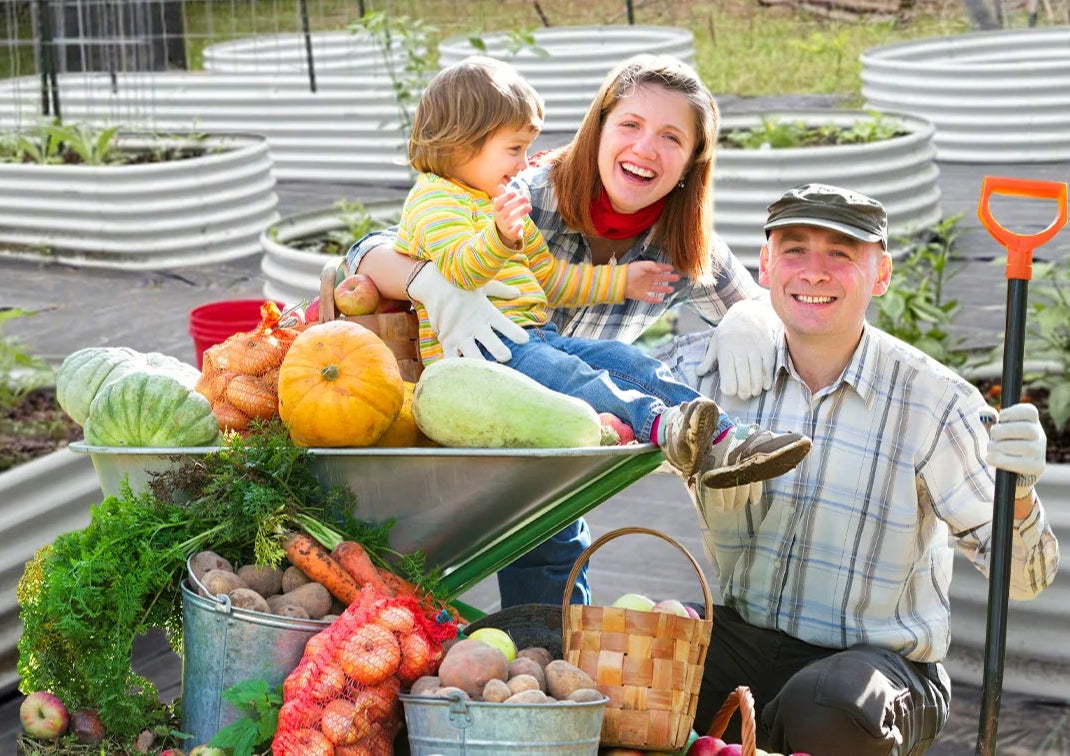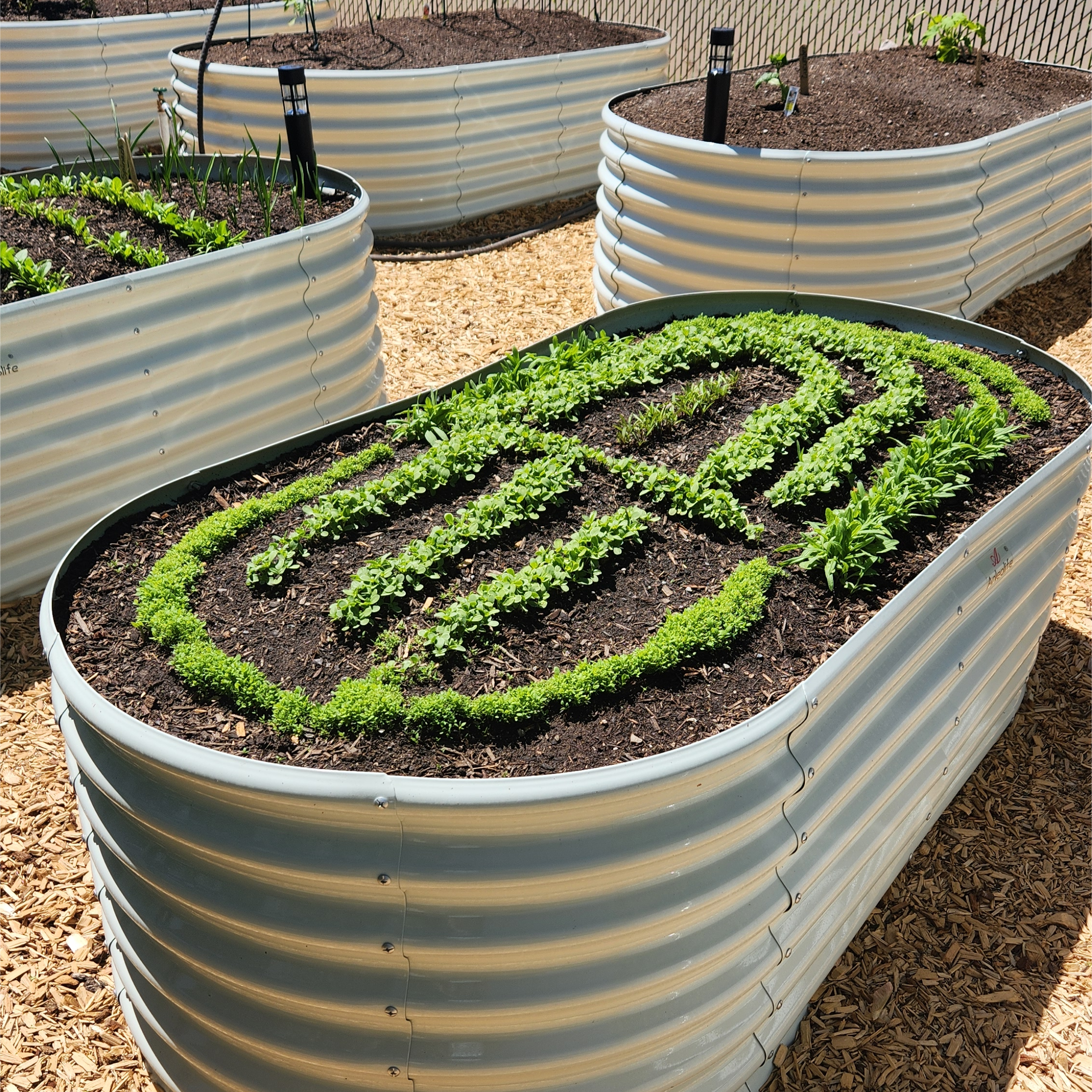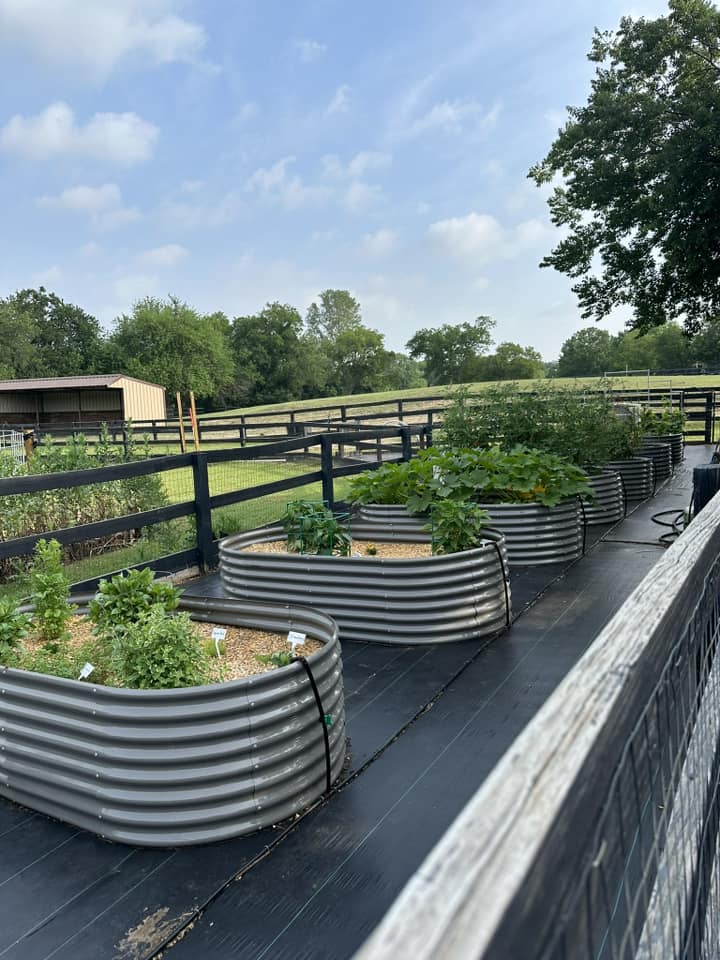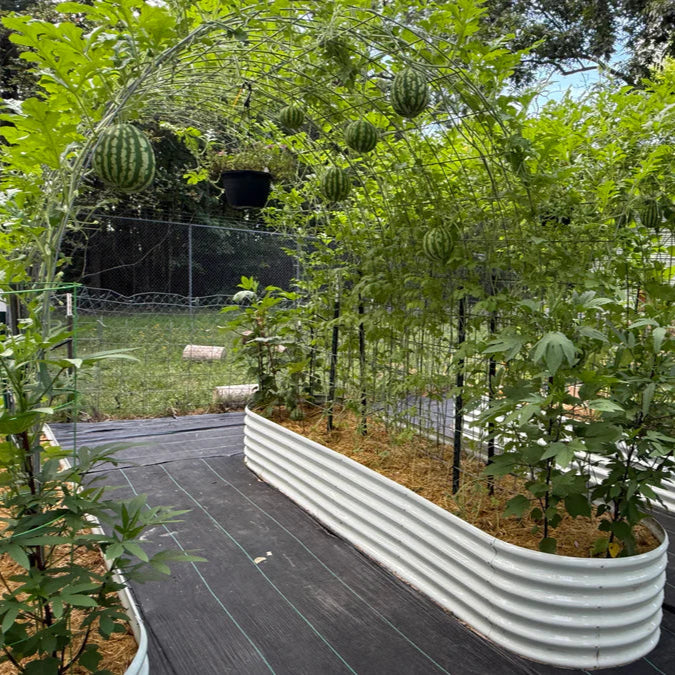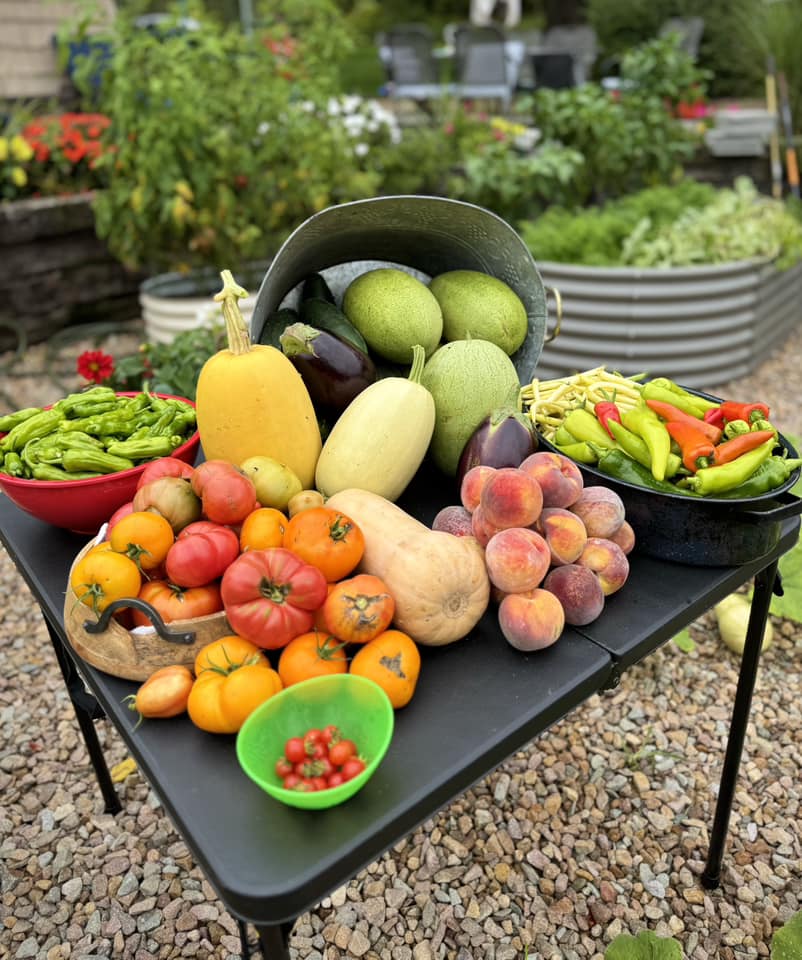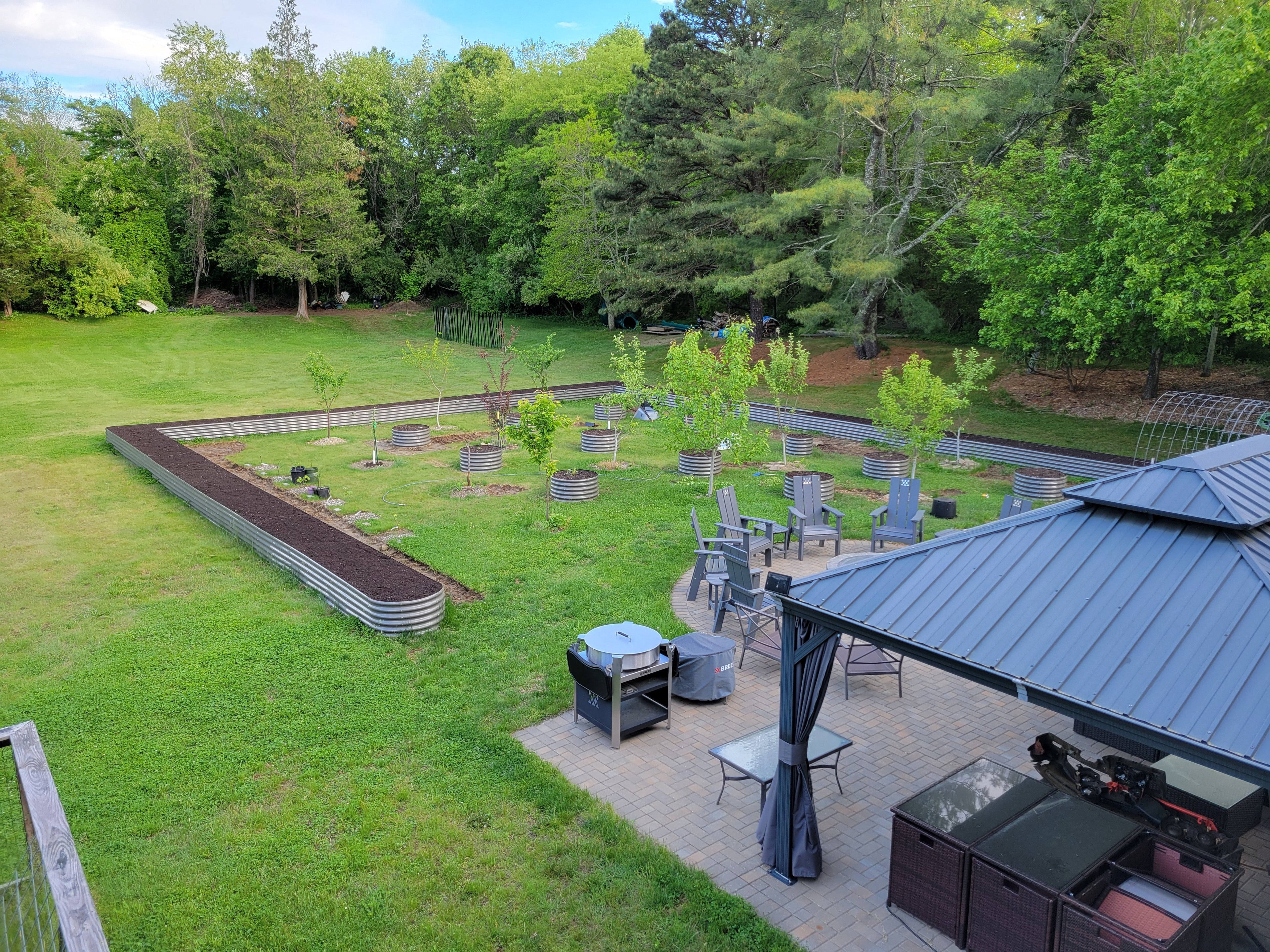October marks a beautiful turning point in the gardening year—a time when summer’s intensity fades, and cooler days invite both reflection and renewal. While many gardeners assume the season is ending, October is actually one of the most strategic months for sowing and planning ahead. Across the U.S., depending on your growing zone, you can plant hardy greens, root vegetables, and overwintering herbs that thrive through the cold and emerge strong in spring.
Whether you garden in raised garden beds, containers, or directly in the ground, understanding your USDA hardiness zone is the key to success. Let’s take a look at what to sow this month—region by region—so you can keep your garden productive, even as the days grow shorter.
Understanding Your Growing Zone

The USDA Plant Hardiness Zone Map divides the country into 13 zones, based on average annual minimum temperatures. Each zone determines what plants will survive your winter conditions.
Zones 3–5: Northern regions with cold winters and early frosts
Zones 6–7: Midwestern and mid-Atlantic areas with moderate winters
Zones 8–9: Southern regions with mild winters and long growing seasons
Zones 10–11: Coastal and tropical climates, where frost is rare
October is a month of contrasts—snow flurries in Montana and Maine, yet tomato harvests still going strong in Texas and southern California. With the right crops and timing, you can extend your growing season or even prepare your beds for an early spring bounty.
Zones 3–5: Preparing for the Deep Freeze

For northern gardeners, October is less about planting tender crops and more about protecting, mulching, and overwintering. But that doesn’t mean you can’t grow! Cool-weather greens and root vegetables can still thrive with a bit of protection.
What to Sow:
Garlic: October is prime time to plant garlic cloves. They’ll establish roots before the ground freezes and sprout early in spring.
Spinach: Choose hardy varieties like ‘Bloomsdale’ or ‘Giant Winter’. With row covers or cold frames, you’ll enjoy spinach well into November—or an early harvest next March.
Winter Rye or Clover: These cover crops enrich the soil with nitrogen and protect it from erosion through winter.
Shallots and Onions (sets): In zones 4–5, you can plant overwintering onion sets that will mature next summer.
Kale: Cold-hardy kale varieties like ‘Winterburn’ and ‘Red Russian’ can survive under frost blankets.
Pro Tip: Use metal raised garden beds or cold frames to insulate your crops from early frost. The elevated soil drains better and warms faster, extending your growing window.
Zones 6–7: Cool-Season Stars

In the mid-Atlantic, Midwest, and parts of the Pacific Northwest, October offers a precious window for cool-weather planting. Temperatures are ideal for greens, brassicas, and root vegetables that thrive without summer heat stress.
What to Sow:
Lettuce & Mixed Greens: Romaine, butter head, and mescalin mixes love October’s cooler nights.
Radishes: These quick growers can mature in just 25–30 days, making them perfect for a fall harvest.
Carrots: Late fall carrots planted now can overwinter under mulch for early spring sweetness.
Beets: Sow early in the month for tender roots before the first hard frost.
Cilantro & Parsley: These herbs handle cool temperatures beautifully and can overwinter with mulch protection.
Garlic & Shallots: As in northern zones, October planting ensures a robust crop next summer.
Bonus Tip: Try a low tunnel or row cover over raised beds to keep soil temperatures stable. It can extend your harvest season by several weeks.
Zones 8–9: The Fall Planting Sweet Spot

In the South and coastal regions, October is the start of the best gardening season. While northern gardeners are winding down, southern growers are gearing up. The intense summer heat has passed, and mild autumn temperatures create perfect conditions for cool-weather crops.
What to Sow:
Leafy Greens: Spinach, arugula, mustard greens, Swiss chard, and kale flourish now.
Broccoli & Cauliflower: Transplant seedlings in early October for winter harvests.
Cabbage & Collards: Thrive in the mild weather of southern fall.
Turnips & Rutabagas: Excellent for root-cellar storage and easy to grow.
Onions & Leeks: October is the ideal month for planting transplants that will mature in spring.
Cilantro, Dill & Chives: Sow herbs now for fresh winter flavor in zones 8–9.
Pro Tip: Gardening in raised beds to ensure proper drainage during autumn rains, and mulch heavily to retain warmth as nights cool.
Zones 10–11: Endless Growing Potential

In tropical and subtropical areas such as southern Florida, southern Texas, and coastal California, October is prime time to plant nearly everything that struggled through the heat of summer. This is your “second spring.”
What to Sow:
Tomatoes & Peppers: Start new transplants now for a late fall or winter harvest.
Cucumbers & Beans: Sow bush varieties for quick yields before the cooler winter nights.
Leafy Greens: Lettuce, spinach, kale, and arugula can be grown almost continuously through winter.
Herbs: Basil, parsley, thyme, and oregano thrive in the mild weather.
Root Crops: Carrots, beets, and radishes grow beautifully this time of year.
Tip: Provide afternoon shade for tender seedlings, as October sun can still be strong. Raised garden beds or container gardens help regulate soil conditions in variable weather.
Overwintering Herbs for All Zones

October is also the perfect month to plant herbs that will overwinter and return stronger in spring. With a bit of mulch and protection, these resilient plants can endure cold snaps across most zones.
Best Herbs to Plant Now:
Thyme: Exceptionally hardy and thrives even under snow.
Chives: Perennial and self-rejuvenating each spring.
Sage: Loves cooler temperatures and adds fragrance to the fall garden.
Oregano: Hardy to zone 5 and an excellent pollinator attractor when it blooms.
Parsley: Can overwinter in zones 6–9 with a layer of mulch.
Galvanized raised garden beds, pots, or herb boxes placed near the kitchen door make harvesting convenient, even during chilly months.
Preparing for Winter and Spring Success

As October progresses, days shorten and temperatures drop—but your garden’s potential remains vast. Here’s how to prepare for long-term success:
1. Mulch generously: Protect roots from frost and maintain soil warmth.
2. Plant cover crops: Rye, clover, or winter peas will enrich your soil for spring.
3. Install frost covers: Keep an eye on forecasts; one early frost can end a season prematurely.
4. Compost: Add fallen leaves and spent plants to your compost pile for next season’s soil boost.
5. Plan ahead: Order seed catalogs and start mapping out your spring garden now.
Conclusion: October Is the Gardener’s Secret Weapon
October isn’t the end of the gardening year—it’s the bridge between abundance and anticipation. Whether you’re tucking garlic cloves into northern soil, planting fall greens in a southern raised bed, or refreshing herbs in a coastal garden, this month is about laying the foundation for next year’s success.
By understanding your zone and choosing the right crops, you can enjoy fresh harvests deep into winter—or be first in line for spring growth. So, grab your gloves, check your planting calendar, and let your autumn garden bloom with promise.
Because in gardening, every season offers a new beginning—and October might just be the most rewarding of all.
🌱 Let’s Hear From You!
What’s growing in your garden this October? 🍂
Are you planting hardy greens, prepping garlic beds, or experimenting with winter herbs?
👇 Share your experience in the comments below — we’d love to hear what’s thriving in your region and swap ideas with fellow gardeners across the U.S.
💬 Tell us:
Which zone are you gardening in?
What’s your favorite fall crop to grow?
Any tips for extending the harvest season?
Let’s grow and learn together — one raised bed at a time. 🌾💚


